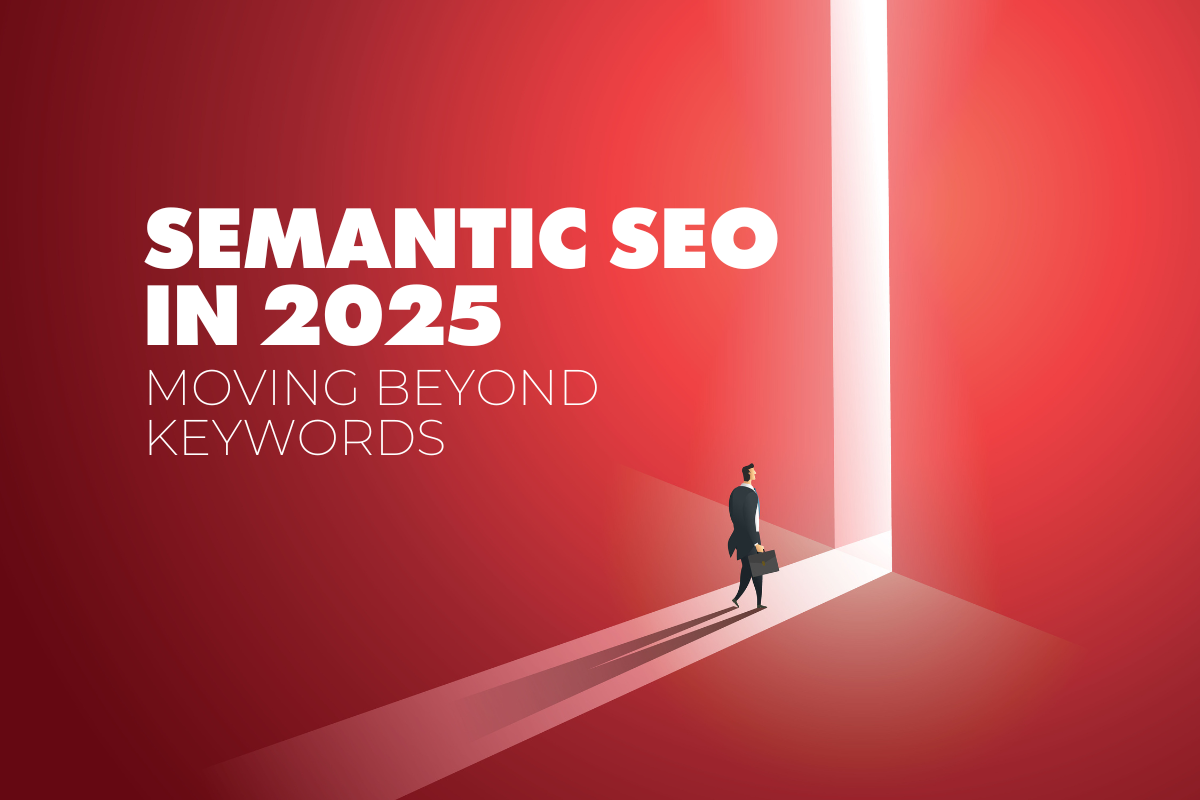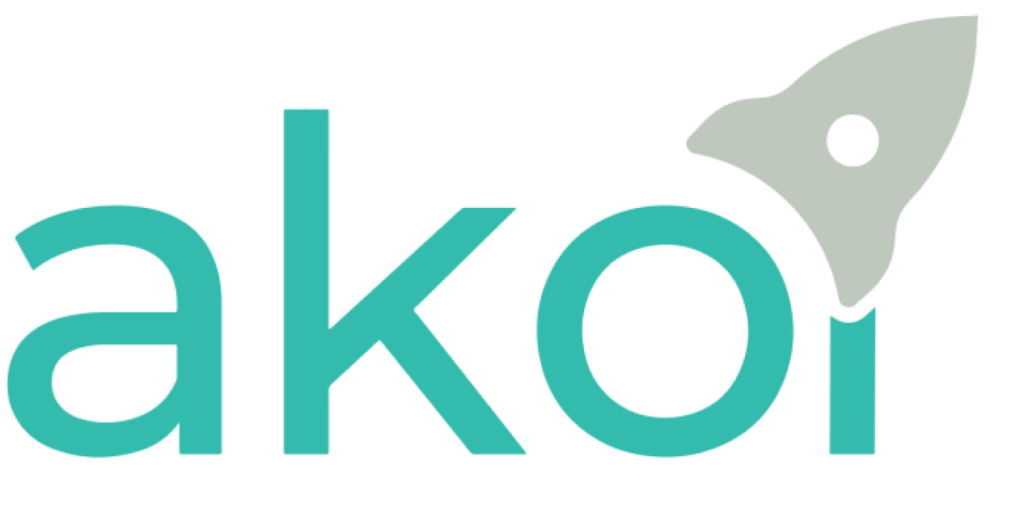Understanding Semantic SEO and Its Impact in 2025
Have you ever wondered why your perfectly optimized content still doesn’t rank well? Welcome to the new reality of Semantic SEO. In 2025, search engines no longer rely solely on exact-match keywords. They focus on user intent, content depth, and entity relationships.
Whether you’re working with a seo company in Mumbai, a seo agency in Delhi, or looking for seo services near me, success lies in mastering Semantic SEO.
Search algorithms have become far more intelligent. Today, they evaluate how well your content answers a user’s question, how thoroughly you cover related subtopics, and how you connect semantically linked pages within your website. This approach rewards quality, clarity, and intent-based structure over keyword density alone.
What Is Semantic SEO?
Semantic SEO is the process of optimizing content for meaning, context, and user intent rather than keyword frequency. This strategy is aligned with how Google uses Natural Language Processing (NLP) and machine learning to analyze and rank content.
Key Components of Semantic SEO:
Entity-based Optimization: Google recognizes people, places, and concepts rather than just words.
Intent Mapping: Understand whether users want information, navigation, or transactions.
Topic Clusters: Create pillar pages supported by related content to establish authority.
Semantic Relationships: Understand how various keywords and entities interconnect.
LSI Keywords: Integrate Latent Semantic Indexing keywords to support contextual depth.
Why Top SEO Agencies Embrace Semantic SEO
Let’s take an example. Previously, a seo company in Mumbai would target a term like “best running shoes Mumbai” repeatedly. In 2025, they focus on answering:
Why do users need running shoes?
Which types work best in Mumbai’s weather?
What are customer preferences?
Examples from Indian SEO Firms:
A seo company in Ahmedabad structures their content on broader digital marketing themes.
A seo company in Chennai uses subtopics and internal linking to create a knowledge graph.
This shift even impacts seo packages in India, moving from “10 keywords/month” to full topic coverage.
Brands that rely on traditional SEO tactics are losing ground to those that are embracing semantic structures. By shifting from a keyword-heavy strategy to a contextually-rich approach, companies can dramatically increase their visibility and credibility in the eyes of search engines.
How Semantic SEO Shapes On-Page & Technical Optimization
You don’t need a full site overhaul—just a new framework. Here’s how to implement Semantic SEO:
Optimize for Topics with Semantic SEO
Build content hubs and pillar pages
Use Latent Semantic Indexing (LSI) and entity variations
Group related blogs and link them internally to a main page
Example: A seo company in Pune building a “Local SEO” hub with citations, reviews, and maps
Focusing on topical relevance rather than individual keywords helps establish your website as a subject matter authority. This means writing about everything your users might want to know around a topic, not just the exact search query.
Use Structured Data for Semantic SEO
Apply schema:
LocalBusiness,FAQPage,ServiceHelps Google better understand your content
Supports eligibility for rich results like featured snippets
Example: A seo company in Noida marks up service pages with structured data
Structured data is essential because it tells search engines what your content is about in a language they understand. Adding this extra layer of clarity helps boost visibility and improves how your site is indexed and displayed in search results.
Improve Content Depth with Semantic SEO
Add FAQs, statistics, case studies
Replace generic headers with rich, actionable content
Support claims with testimonials and real-world results
Answer related questions to increase time-on-page and reduce bounce rate
High-quality, informative content isn’t just helpful for users—it’s exactly what Google wants to serve. The more comprehensively you cover a subject, the more likely your page will satisfy a range of related queries.
Align Technical SEO with Semantic SEO Strategy
Crawlable internal links between topic clusters
Proper use of canonical tags, XML sitemaps
Optimized H1 to H4 structure across all content
Mobile responsiveness and page speed optimizations
Technical SEO supports your content strategy by ensuring it’s discoverable, structured correctly, and aligned with user experience best practices. When combined with semantic optimization, you get a powerful framework for long-term success.
How to Measure the ROI of Semantic SEO
Measuring impact separates top agencies from average ones.
- Topical Authority: Do you rank across related queries?
- CTR from Rich Results: FAQ, featured snippet visibility
- Engagement: Scroll depth, time on page, bounce rate
- Indexed Pages: Increase in semantically optimized URLs
- Google Search Console: Impression/click trends by topic
- Clearscope / Surfer SEO: Semantic scoring and coverage
SEMrush / Ahrefs: Entity suggestions and keyword mapping
A reputable seo company in India won’t just show traffic gains—they’ll share how they improved topic relevance, content breadth, and user engagement metrics.
A seo agency in Mumbai increased organic traffic by 70% for a retail client. But more importantly, they boosted page-level authority, cut bounce rates in half, and increased rich snippet appearances across multiple product categories.
Future-Proof Your Content with Semantic SEO
The world of search is only getting smarter. Search engines will continue improving their ability to evaluate intent, meaning, and experience. That’s why Semantic SEO is no longer optional—it’s a foundational strategy.
Whether you’re engaging with a seo company in Delhi, seo company in Chennai, or a seo agency near me, ensure their approach goes beyond old-fashioned keyword stuffing.
Modern SEO packages should include:
Topic research and clustering
Entity and LSI analysis
Schema implementation
Internal linking plans
Ongoing content optimization based on NLP models


